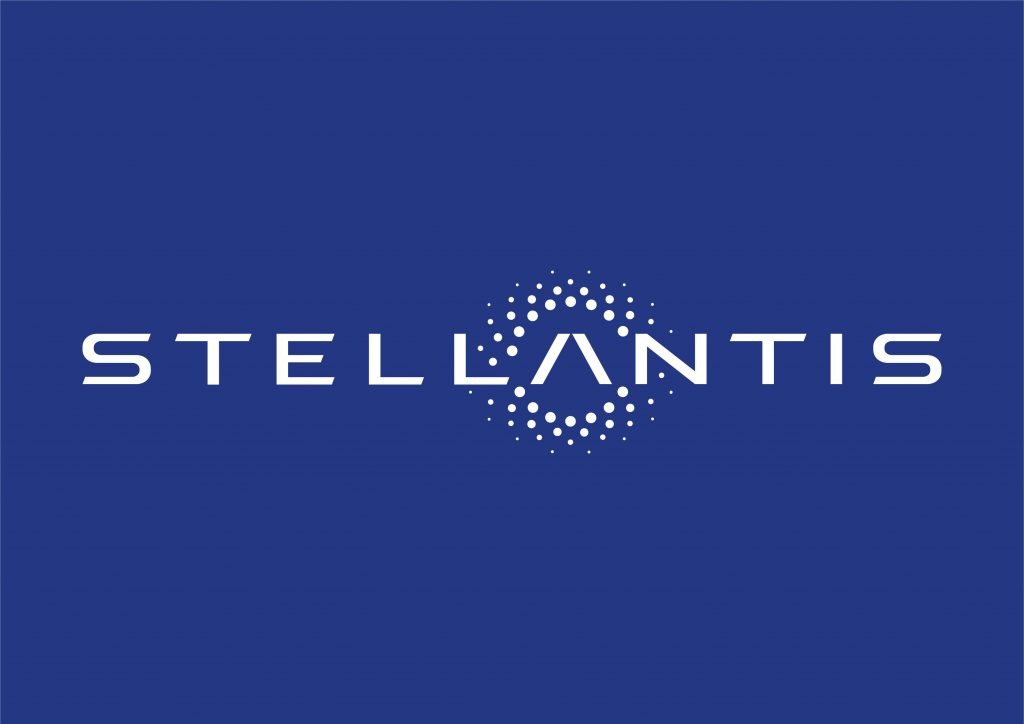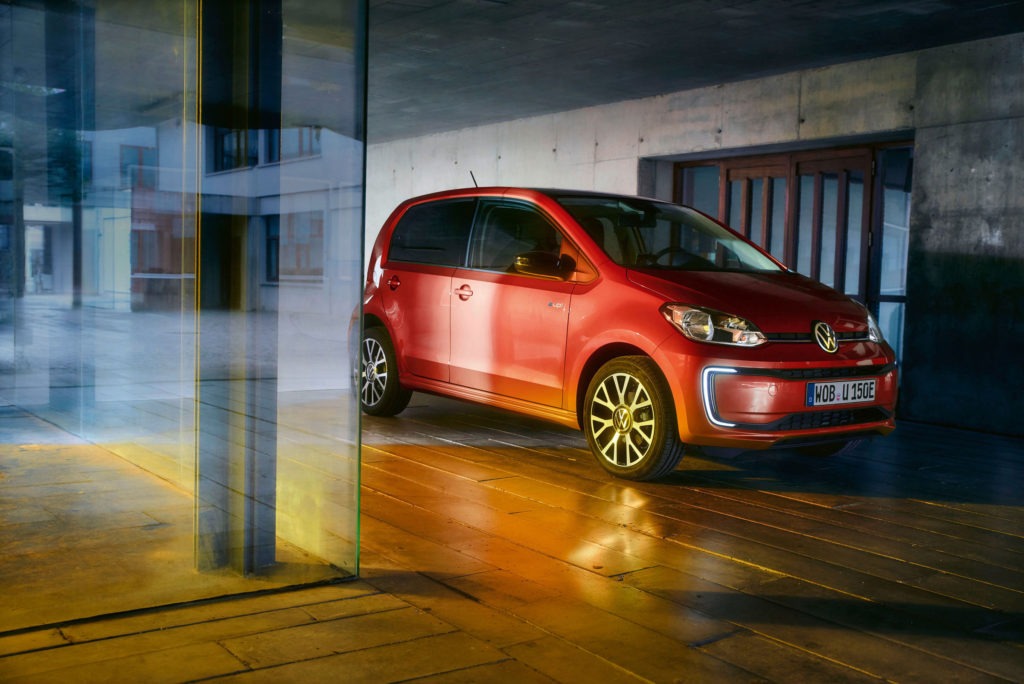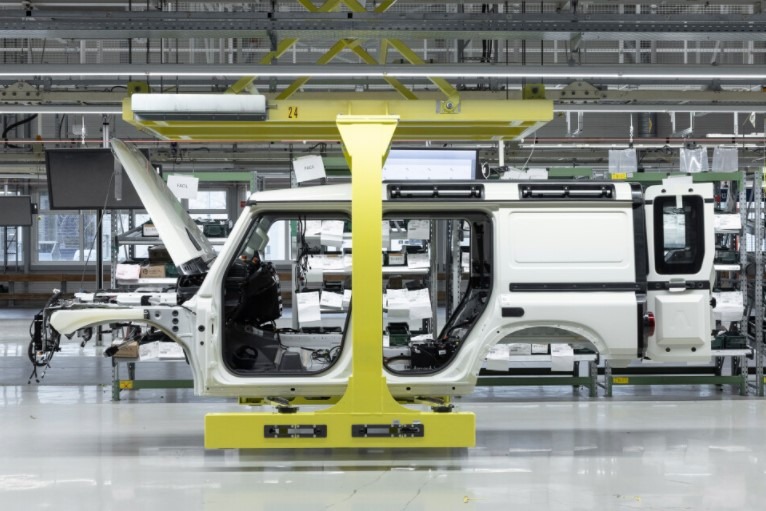Ford forms separate electric-vehicle and internal-combustion engine companies
07 March 2022

Ford is forming two separate, yet interdependent companies. Ford Model e will work on electric vehicles (EVs) and Ford Blue will focus on internal-combustion engine (ICE) operations. The new entities will join the company’s commercial-vehicle arm, Ford Pro.
This manoeuvring falls under the Ford+ plan that was introduced in May 2021. The strategy was announced by the carmaker’s president and CEO, Jim Farley, who will take charge of Ford Model e alongside his current roles. Kumar Galhotra, the former president of the Americas and international markets group at Ford, will take the reins at Ford Blue.
‘Our ambition with Ford+ is to become a truly great, world-changing company again, and that requires focus. We are going all in, creating separate but complementary businesses that give us start-up speed and unbridled innovation in Ford Model e together with Ford Blue’s industrial know-how, volume and iconic brands like Bronco, that start-ups can only dream about,’ Farley said.
Funding EV development
The split reflects Ford’s recognition that different approaches, talents, and organisations are needed to make the most of its electric and ICE potential. As many established carmakers are finding, the switch from fossil-fuelled powertrains to ones powered by batteries is not simple or cheap. This is why a lot of OEMs are keeping their more profitable petrol and diesel-powered operations running as long as possible, to fund future endeavours.
So, Ford Blue will continue working on iconic vehicles such as the Mustang, F-Series, and Explorer SUV, while also investing in new models and services. The company will look to eliminate waste and reduce costs across its operations. It will use its experience in engineering, purchasing, manufacturing, vehicle testing and development to help advance the other Ford arms.
‘Ford Blue’s mission is to deliver a more profitable and vibrant ICE business, strengthen our successful and iconic vehicle families and earn greater loyalty by delivering incredible service and experiences,’ Farley said. ‘This team will be hellbent on delivering leading quality, attacking waste in every corner of the business, maximising cash flow and optimising our industrial footprint.’
Collaborative companies
However, this is not to imply that the relationship between the two companies will be a one-way street. Instead, all of Ford’s companies can be expected to work together, including its commercial-vehicle venture. Ford Model e will become the development hub, working on new technologies and approaches to mobility. For example, it will pass on software advances that drive new connected, personalised, and always-on experiences.
Some of its work will be focused on electric capabilities such as EV platforms, batteries, motors, inverters, and charging technology. It will also lead a new retail experience for future EV customers that include e-commerce platforms, transparent pricing and personalised support.
‘Ford Model e will be Ford’s centre of innovation and growth, a team of the world’s best software, electrical and automotive talent turned loose to create truly incredible electric vehicles and digital experiences for new generations of Ford customers,’ Farley said.
The carmaker wants to produce more than two million EVs annually by 2026. This would represent roughly one third of its global volume, which is scheduled to increase to a half by 2030. The carmaker expects to spend $5 billion (€4.6 billion) on EV development this year, double the amount invested last year.
‘This new structure will enhance our capacity to generate industry-leading growth, profitability and liquidity in this new era of transportation,’ said John Lawler, Ford’s CFO. ‘It will sharpen our effectiveness in allocating capital to both the ICE and EV businesses and the returns we expect from them – by making the most of existing capabilities, adding new skills wherever they are needed, simplifying processes and lowering costs.’



